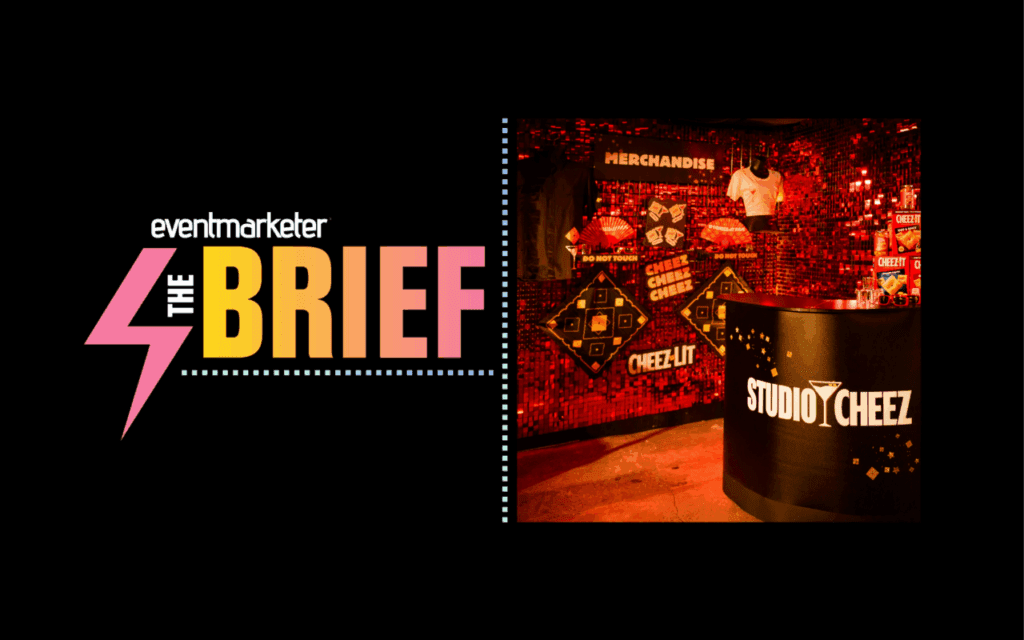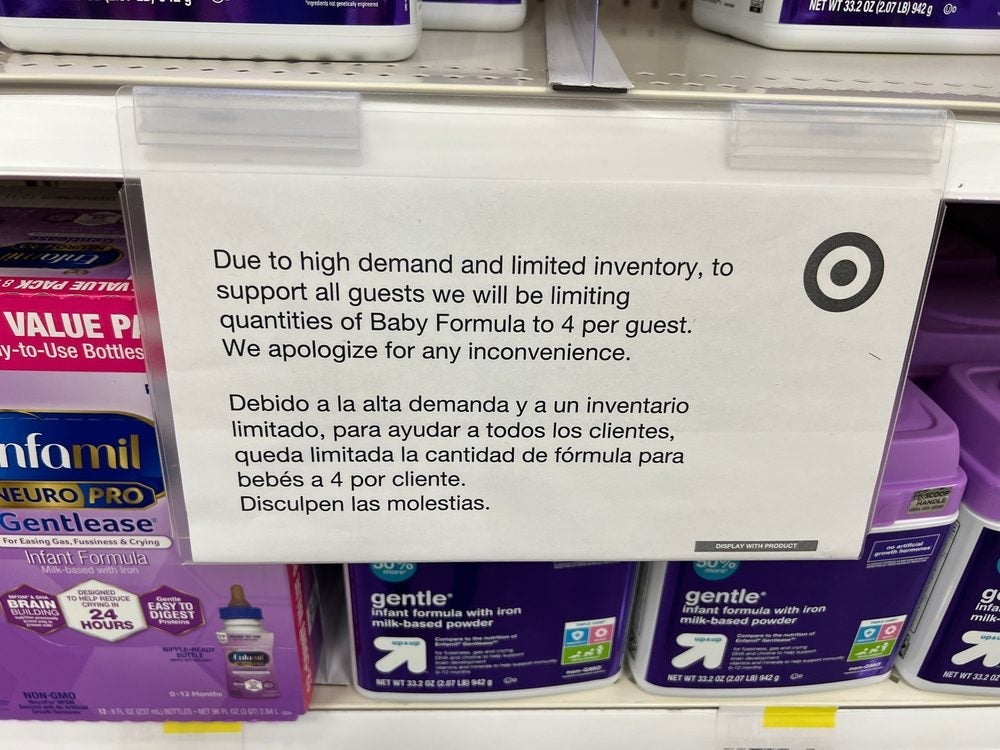It wasn’t that long ago that the word “influencer” was rather vague and hazy. It wasn’t clear if influencers were a marketing tactic to test, let alone roll into the marketing mix. But now, thanks to the success of influencer programs, billions of dollars are being pumped into the campaigns as influencer marketing goes mainstream.

Henkel N.A. markets such well-know brands as Sun Products, Persil and Dial. Ken Krasnow, vice president of omnichannel marketing, embraces the importance of influencer marketing in his own marketing mix to drive engagement and boost sales.
Marketers must find the right mix between quality and quantity in their influencer strategy, and make sure they find the right influencers—and the right content and platform—to power their influencer plan.
“Just remember it’s all about content and people don’t share your brand because they like your brand,” he says. “They share your brand because they like their friends and the content has to be valuable. And that means it has to be either useful or entertaining.”
Influencers play a key role in Henkel’s Sun Products brands ” Healthy Home” shopper marketing campaign, which provides consumers with surprising, yet useful facts to help them rethink their cleaning regimens. Partners Clorox Wipes, Kleenex Tissues, 3M sponges and Kimberly-Clark products joined the program.
“Word-of-mouth marketing is the most successful form of marketing,” Krasnow says. “Some 90 percent of people are more apt to believe a stranger’s review of a product than they are a brand’s message. Influencer marketing has become a very important piece of the [shopper] marketing mix.”
Related articles:
How to Leverage the Power of Digital Influencers: Interactive Report


 Network
Network

